Saving species here and abroad
The Eastern Loggerhead Shrike is one of Canada’s most endangered songbirds. With fewer than 25 breeding pairs left in Ontario, Canada, this unique subspecies — named for its disproportionately large — or “logger” — head, is in dire need of support. One of the ways in which zoos like the National Aviary can offer such help is by working tirelessly behind-the-scenes to help ensure an increase of healthy populations for a variety of threatened bird species, including the shrike.
(Show your support for our work; give here!)
In the fall of 2022, we welcomed an adult Eastern Loggerhead Shrikes pair in a behind-the-scenes naturalistic habitat that provided optimal shrike nesting. We are excited to share that the pair has already successfully bred several chicks while in our expert care.
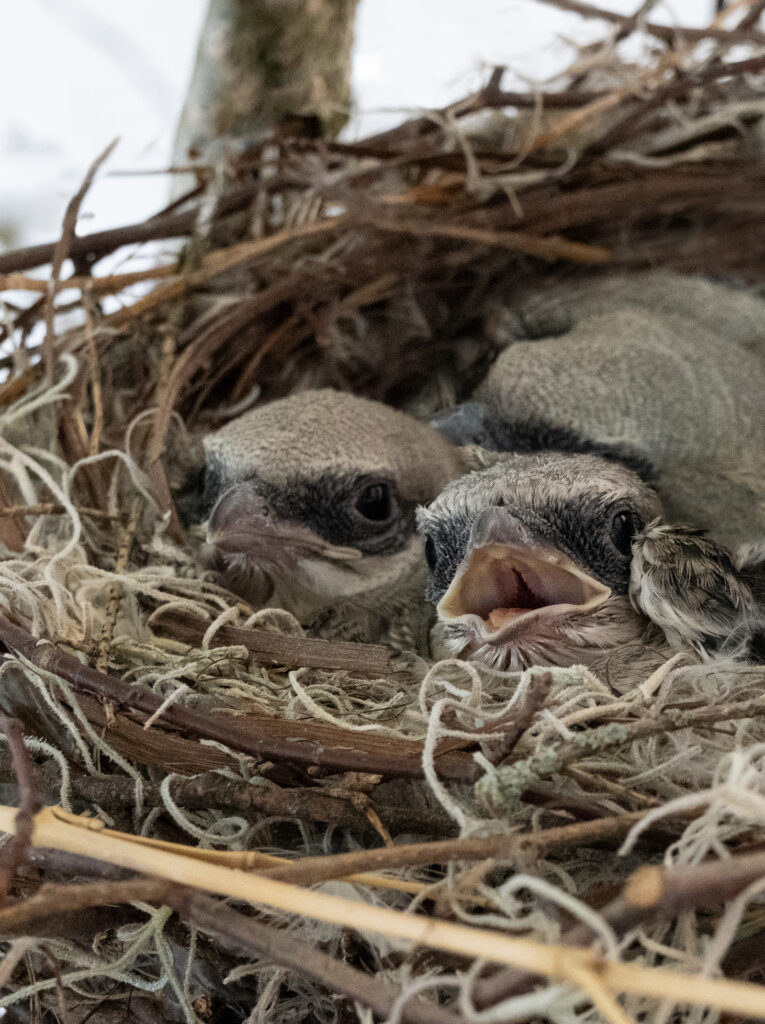
The National Aviary is in partnership with Wildlife Preservation Canada, a conservation organization based in Canada whose work supports multiple species’ recovery efforts across the country. Through this collaboration, the young shrike chicks from this first brood will be introduced to the naturally short grasslands their subspecies typically use for breeding grounds throughout Ontario, within the next year. They’ll first undergo health exams and blood tests provided by our excellent care team and vet staff, ensuring they will thrive in the wild and hopefully contribute to the increase of their population there. We may even see them again…as Eastern Loggerhead Shrikes annually migrate through Pennsylvania! Work like this is only made possible through the dedication of organizations like the National Aviary who closely oversee the several stages and sometimes decades of time that it takes to complete this process.
Shrikes are not the only species released into the wild that the National Aviary has worked with. Another? The Guam Rail.
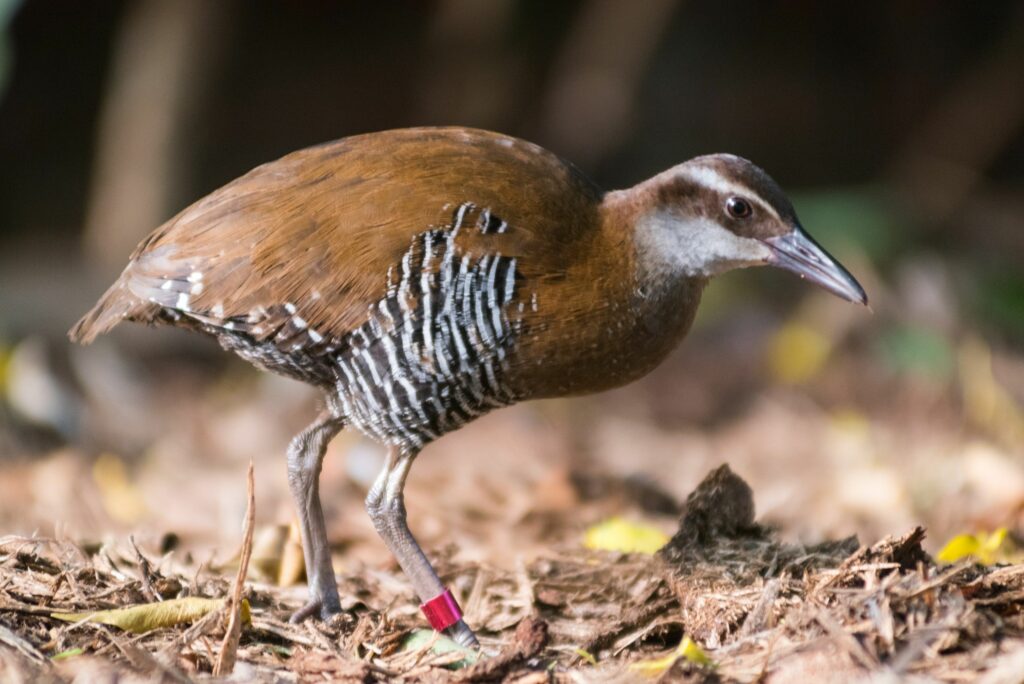
Once “Extinct in the Wild” after the accidental introduction of an invasive species onto the island they called home, these flightless birds made a comeback thanks to cooperative breeding programs that helped the species become “Critically Endangered.” Small populations are established on Cocos and Rota, islands near Guam free of the invasive Brown Tree-Snake.
In fact, when the IUCN status changed in 2019, the National Aviary had sent the highest number of Guam Rails to Cocos and Rota islands of any North American zoo. But our work doesn’t stop there.
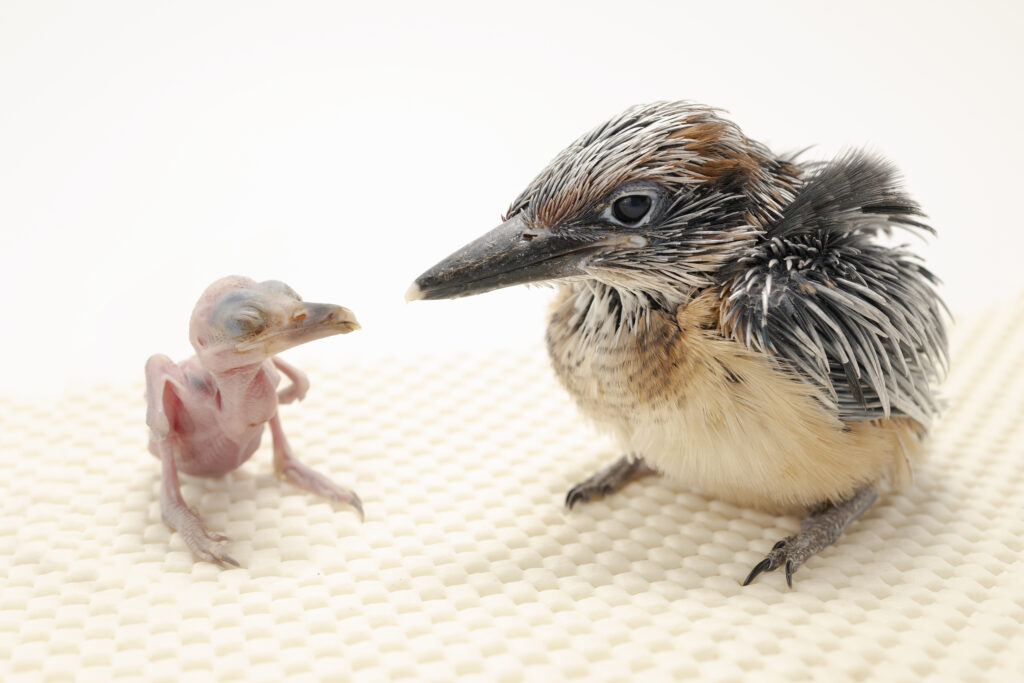
Known locally in Guam as the Sihek, the Guam Kingfisher numbers were also decimated with the arrival of Brown Tree Snakes. For the past several years the National Aviary has worked in tandem with the Sheik Recovery Project, made up of five zoos who share the long-term goal of reintroducing the species to Palmyra Atoll, an island located about 6,000 km from Guam, potentially making Guam Kingfishers the third species to be upgraded from “Extinct in the Wild” to “Critically Endangered.” The National Aviary has already provided two fertile Guam Kingfisher eggs towards the project, in addition to three chicks remaining on-site in a naturalistic behind-the-scenes habitat in our state-of-the-art Breeding Center.
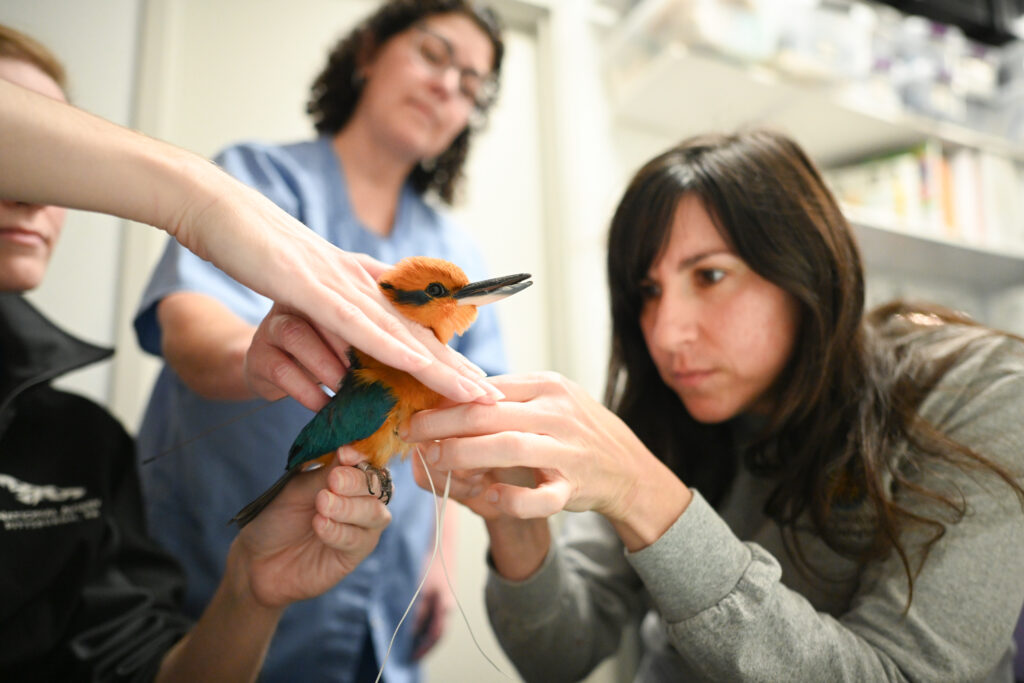
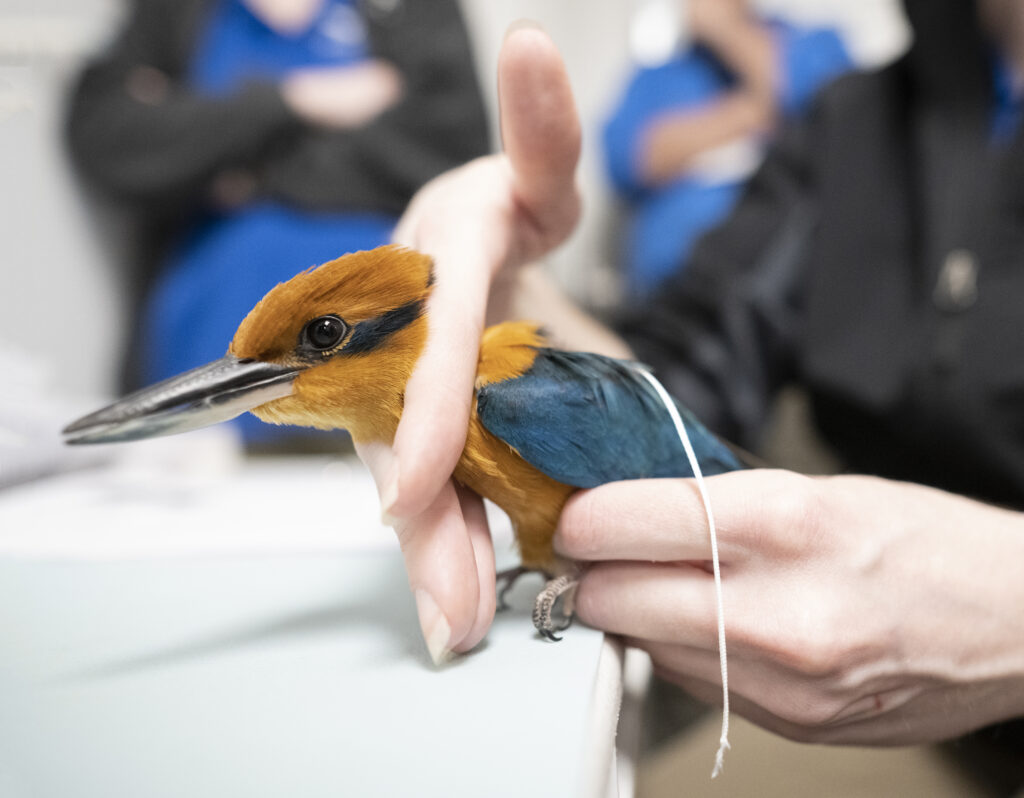
Furthermore, the Aviary is one of only four institutions in the world participating in a trailblazing study to help ready this species for eventual reintroduction into the wild: a pilot telemetry (GPS tracking) study. Tracking released birds with GPS technology allows researchers to see if the reintroduction efforts are working. In this study, some kingfishers are temporarily outfitted with telemetry devices to ensure the harnesses feel invisible to the birds and allow them to fly, perch, hunt, and preen normally. Stay tuned for more information regarding this study.
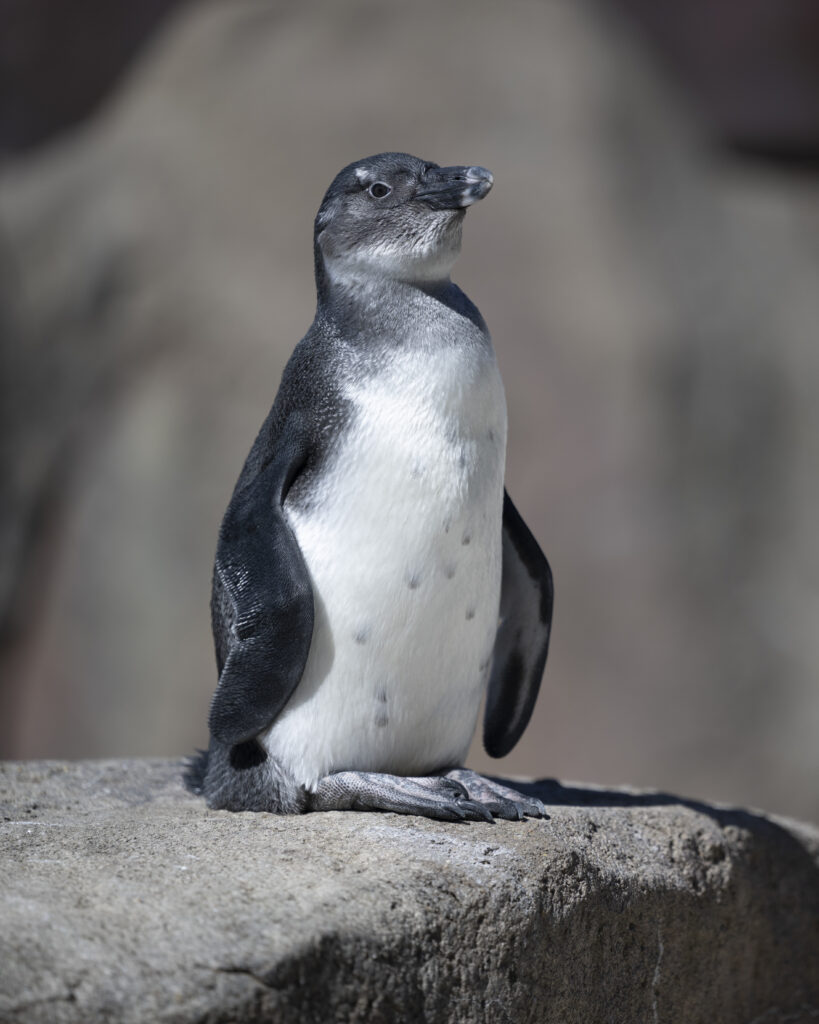
Another bird at risk for an “Extinct in the Wild” IUCN status is the beloved African Penguin. Due to overfishing, climate change, and human encroachment on nesting grounds. It is estimated that this species will be functionally extinct in South Africa by 2035. However, the National Aviary leads the way as the AZA’s SAFE (Saving Animals From Extinction) program leader for African Penguins ensuring that all hope is not lost. While caring for more than a dozen of African Penguins who call the National Aviary home, we continue to work with colleagues around the world to address the challenges mentioned above, that the Critically Endangered species continues to endure. Learn more about our most recent juvenile penguin, Pierogi’s journey and the individualized care the animal staff provides to the African Penguin colony here.
None of the efforts the National Aviary does with these species, and others, is possible without the support of people like you. Your gift this fall brings us one step closer to saving species here and abroad.
